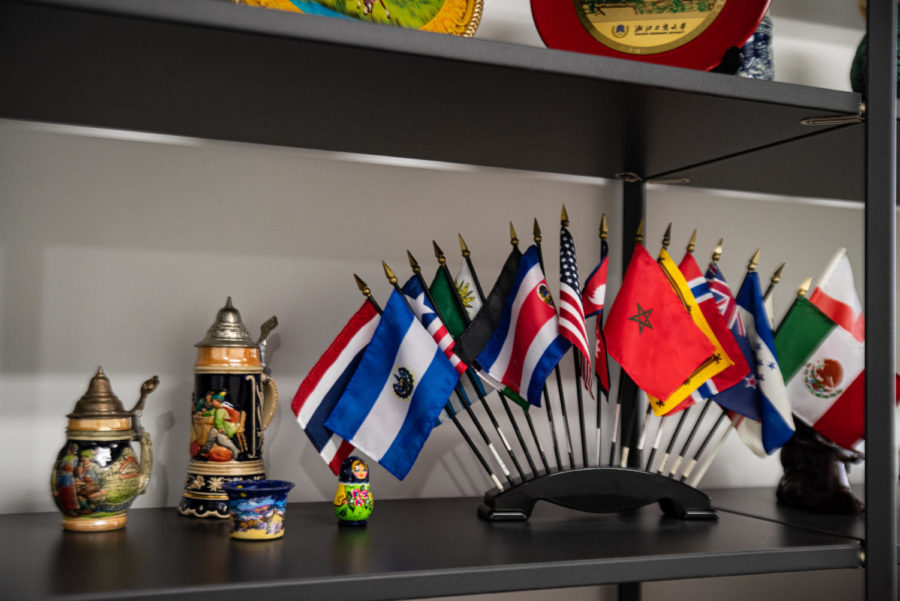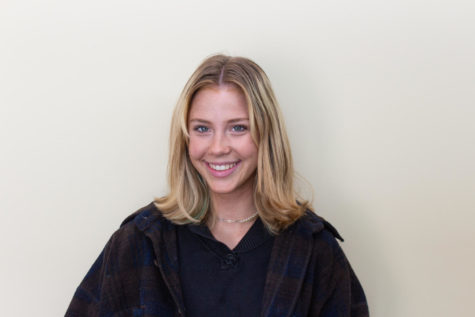Translation week: Language and localization
Translation Week began on Sept. 26 and lasted until Sept. 30. The event was organized by the Foreign Language Department of Lindquist College of Arts and Humanities. International Translation Day is Sept. 30, celebrating St. Jerome, the patron saint of translators.
The religious translation and localization lecture was given by Tod Harris and Gema Ortiz. During this particular lecture, Ortiz spoke on her work in translating the Church of Jesus Christ of Latter-day Saints’ texts and websites.
“Localization is the bridge between computer design and language implementations,” Ortiz said.
Ortiz spoke on the challenge of mistakenly putting symbols that are offensive in another country, using the Umbrella Movement as an example, where a yellow umbrella intended to represent Christ caused issues with Chinese audiences due to its political symbolism in China.
”Scripture by nature is what’s called multivalent,” Harris said.
Multivalent means that, depending on the reader, the scripture can be interpreted in multiple ways.
There are two main ways to translate the Bible: literal and dynamic. Literal translation is where you translate each word directly into the target language. Dynamic translation is where you translate the ideas, but not the words used.
Daniel Aparicio spoke on Sept. 28 about his work as a sports interpreter during the “on your marks, get set, go!” webinar. Aparicio spoke on the roles of an interpreter, which are more than just speaking about the events and giving a voice-over in another language. Interpreting also includes translating instructional videos and rulebooks into more languages.
An important thing to understand is that translating and interpreting are two different things. Translating has deadlines, is done in large groups and is for written texts. Interpreting is mostly oral, has time constraints, and small teams of around two people.
As an interpreter for a sports event or conference, you work as part of a language services group run by the local organizing committee. Those local organizing committees are made by the country hosting the event, which is chosen by the owner of the brand of the games.
“When I speak English, I make mistakes. When I speak French, I make mistakes. It’s normal. It’s a foreign language,” Aparicio said.
The final event for WSU’s translation week was a panel and Q&A with Stephanie Casale, Kathleen Diamond, Esther Bonin, Adam Wooten, and Randy Morgan of ALC Bridge. Bridge is a program with the goal of helping more students get into various parts of the translating industry.
“The beauty of the industry today is that it doesn’t matter where you are.” Bonin said.
The field gives translators the ability to translate anywhere in the world as long as they have the technology.
Bonin found there was an issue in the American translation school path because it was not properly preparing students for the field. This was the reason why Bonin chose to join ALC Bridge, so she could have a hand in fixing the issues in properly preparing students.












